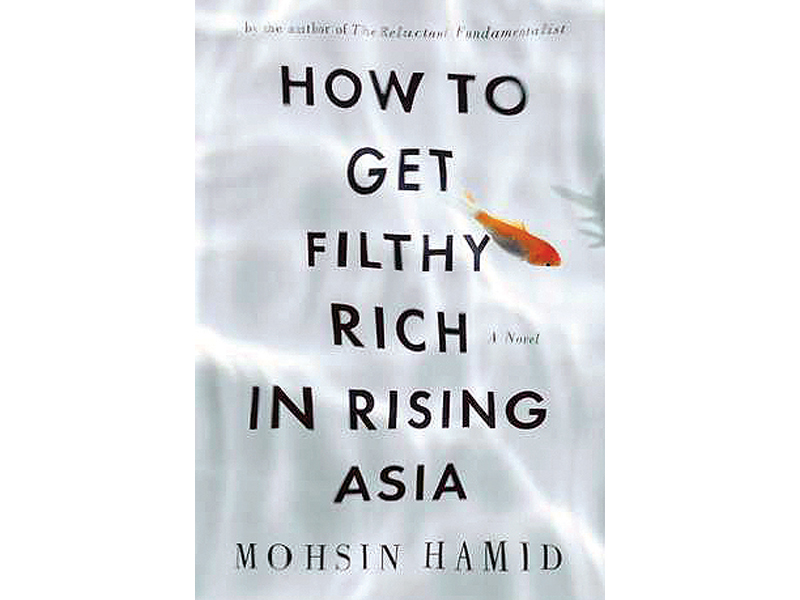
Rhythmically, the chapters are also titled in a similar fashion, like little pairs of eyes setting upon their targets in big cities, moving to the cities and making pots of money. Mohsin Hamid experiments with the second-person narrative in a casual conversation with the reader. The characters are unnamed and so are the cities. It could be any city in Asia: Pakistan, India, Sri Lanka or Bangladesh.
In all of Hamid’s novels, we find a love story. Here the protagonist, a village boy, goes to a city, gets an education, falls in love with a pretty girl who, like the rest of the characters in the novel, is unnamed. The village boy and the pretty girl meet several times in their lives — he a business tycoon and she a model, he an old man living in a hotel and she an old woman living in an apartment.
Each chapter in the book is a story within a story, a phase of the protagonist’s life. The portrayal of seven to eight decades of a man, from to birth to his death can only be achieved by a writer of Hamid’s stature. The story is broken into parts — the boy lives in the village with his whole family, except his father who visits him from time to time. He moves to the city. To survive in a city, he acquires education. He works and falls in love with a pretty girl. He marries a woman much younger than him and has a son. His wife divorces him. His son is in another country available only on online chats. He meets the pretty girl once again, rekindling an old acquaintance. Then he grows old and dies.
The book details the life of a man who became a big business tycoon, it documents his rise and fall. It is an average man’s story, not a success story.
Published in The Express Tribune, Sunday Magazine, March 31st, 2013.
Like Express Tribune Magazine on Facebook to stay informed and join the conversation.
COMMENTS (2)
Comments are moderated and generally will be posted if they are on-topic and not abusive.
For more information, please see our Comments FAQ


1725612926-0/Tribune-Pic-(8)1725612926-0-165x106.webp)














Not a good review, it misses many things. And Hamid's first novel was much better than this book.
Sounds interesting. Thanks for the review.